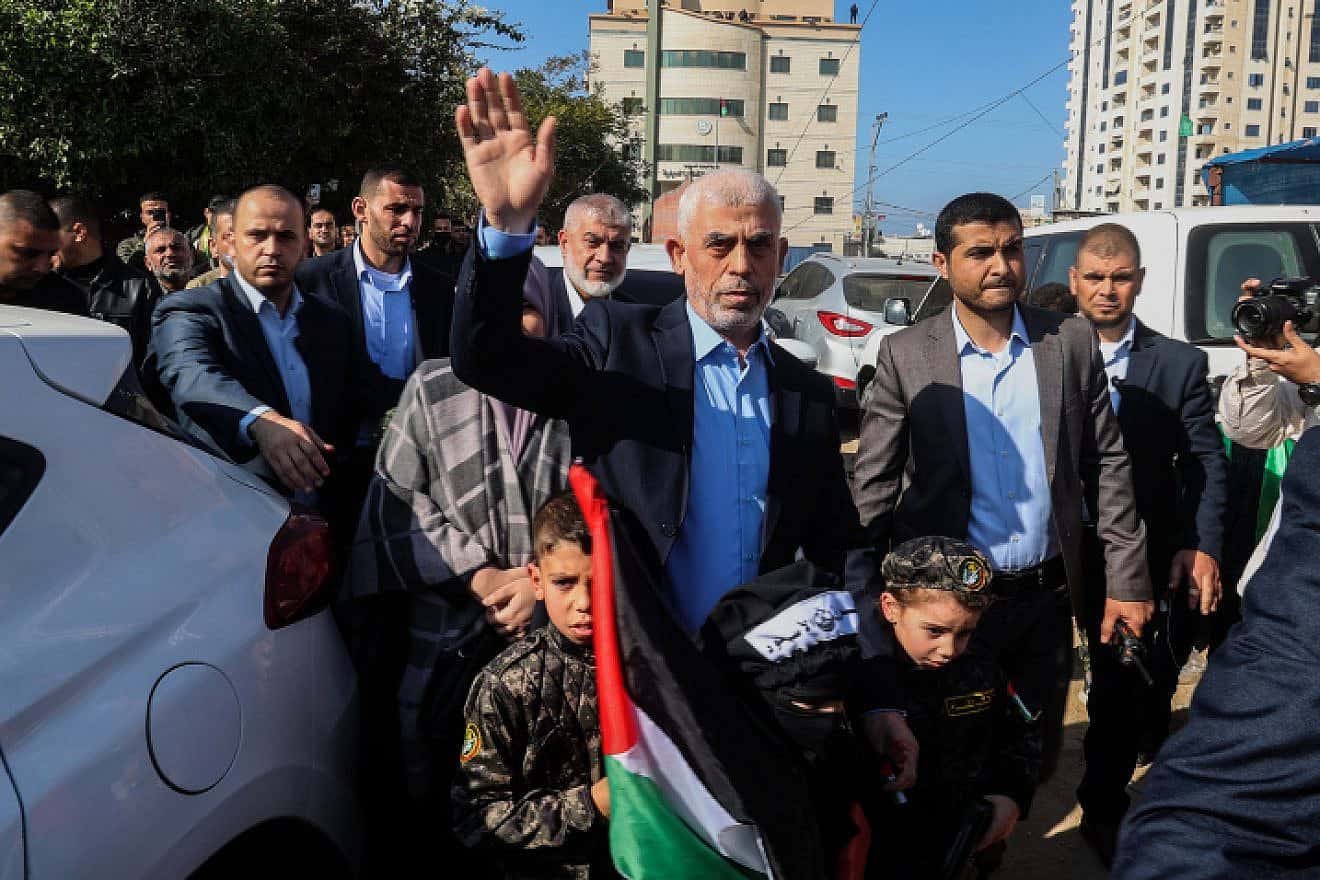 Hezbollah made ‘grave mistake’ attacking his home, Netanyahu says
Hezbollah made ‘grave mistake’ attacking his home, Netanyahu says
Israel News
“There should be no red lines on Israel’s response against the real perpetrator: Iran,” former U.S. national security advisor John Bolton said.
.
 Israeli security forces at the scene where a drone fired from Lebanon caused damage in Caesarea, Oct. 19, 2024. Photo by Flash90.
Israeli security forces at the scene where a drone fired from Lebanon caused damage in Caesarea, Oct. 19, 2024. Photo by Flash90.
A Hezbollah drone attack on his and his wife Sara Netanyahu’s home in Caesarea won’t budge the Jewish state from its mission, Israeli Prime Minister Benjamin Netanyahu stated on Saturday night.
“The attempt by Iran’s proxy Hezbollah to assassinate me and my wife today was a grave mistake. This will not deter me or the State of Israel from continuing our just war against our enemies in order to secure our future,” the Israeli prime minister stated.
“I say to Iran and its proxies in its axis of evil: Anyone who tries to harm Israel’s citizens will pay a heavy price,” Netanyahu added. “We will continue to eliminate the terrorists and those who dispatch them. We will bring our hostages home from Gaza. And we will return our citizens who live on our northern border safely to their homes.”
It was not clear if the drone actually hit the house. The prime minister and his wife weren’t there at the time, per the Associated Press.
Lloyd Austin, the U.S. defense secretary, told Israeli Defense Minister Yoav Gallant on Saturday that “he was relieved Prime Minister Netanyahu was safe after the attack that reportedly targeted his home in Caesarea this morning,” according to Maj. Gen. Pat Ryder, the Pentagon press secretary.
House Speaker Mike Johnson (R-La.) wrote that he spoke with his “friend” Netanyahu on Saturday, “and I am happy to report he is safe, in good spirits and undeterred.”
“I told him America stands strong with Israel and reiterated our ongoing commitment to help counter Iran and its terrorist proxies,” the House speaker added. “This is a crucial moment and America must deliver. It is vital that the Biden-Harris administration stop slow-walking needed weapons to Israel and implement the sanctions on Iran that Congress enacted this spring.”
“Glad to hear this,” wrote Rep. Daniel Webster (R-Fla.), sharing Johnson’s message. “Keeping Benjamin Netanyahu in my prayers.”
“In light of this attempt on Prime Minister Netanyahu’s life, there should be no red lines on Israel’s response against the real perpetrator: Iran,” stated John Bolton, a former U.S. national security advisor and former U.S. ambassador to the United Nations.
Zawartość publikowanych artykułów i materiałów nie reprezentuje poglądów ani opinii Reunion’68,
ani też webmastera Blogu Reunion’68, chyba ze jest to wyraźnie zaznaczone.
Twoje uwagi, linki, własne artykuły lub wiadomości prześlij na adres:
webmaster@reunion68.com





 Boys Town Jerusalem
Boys Town Jerusalem



